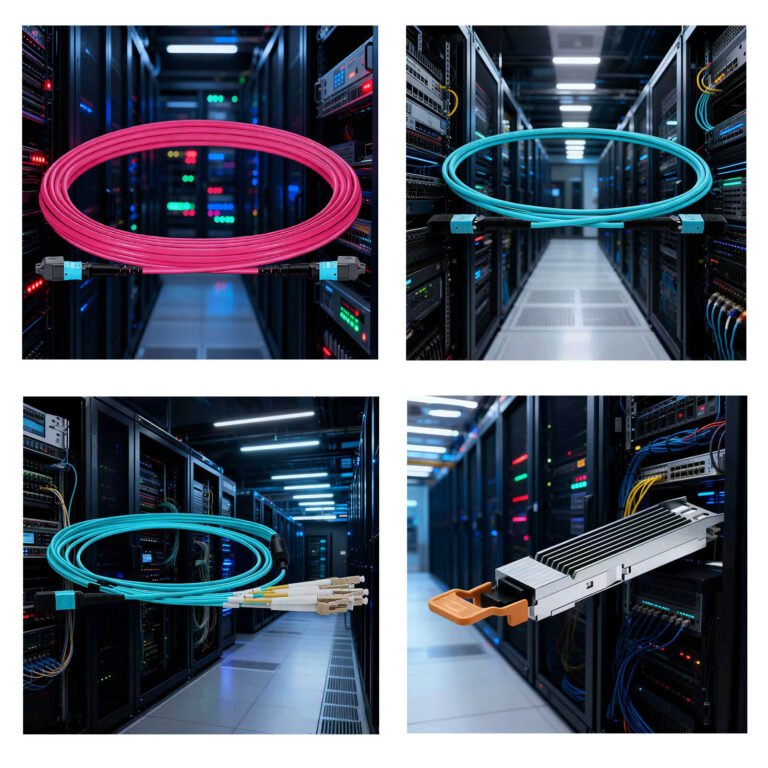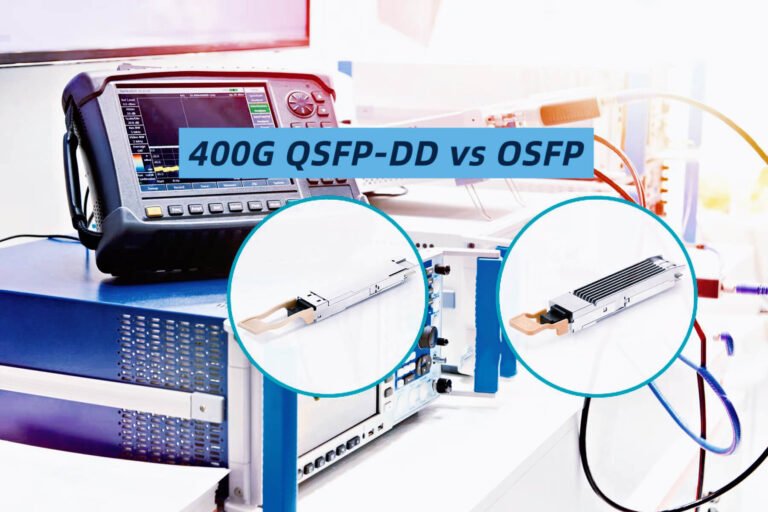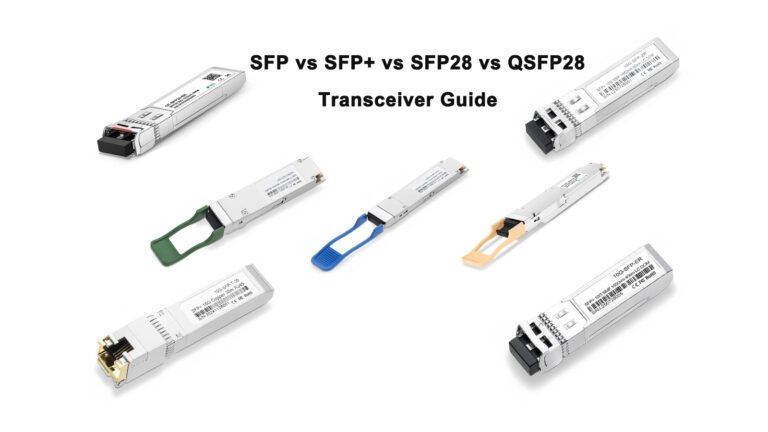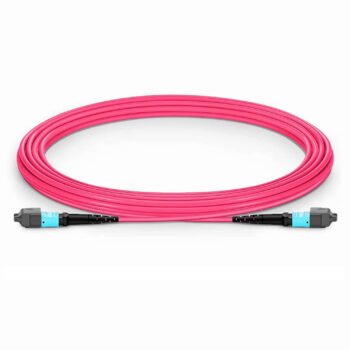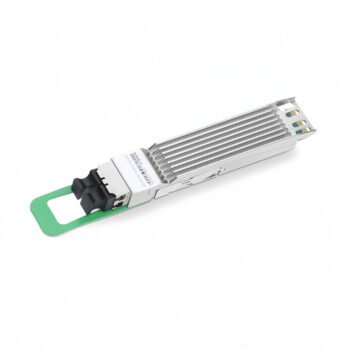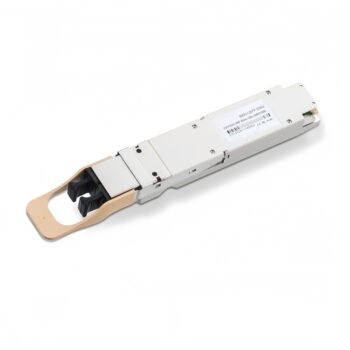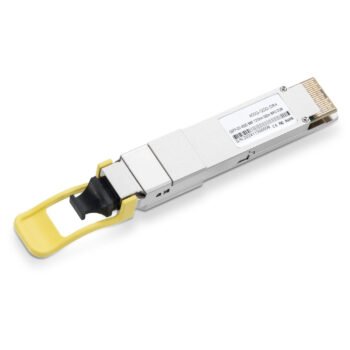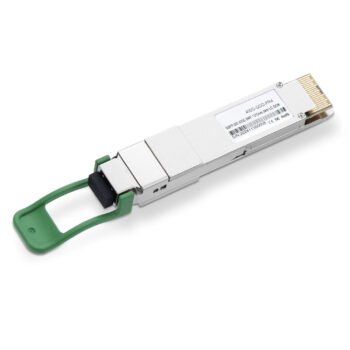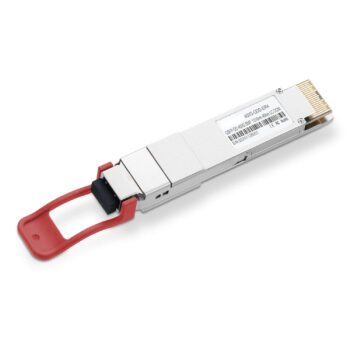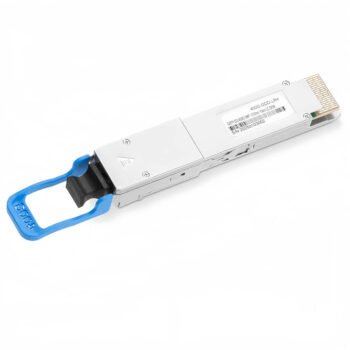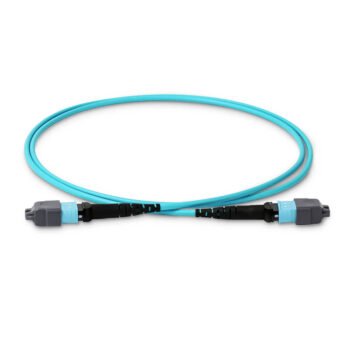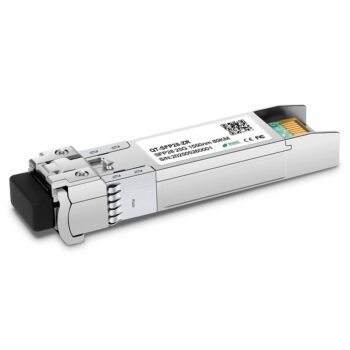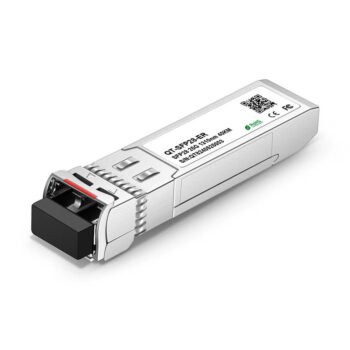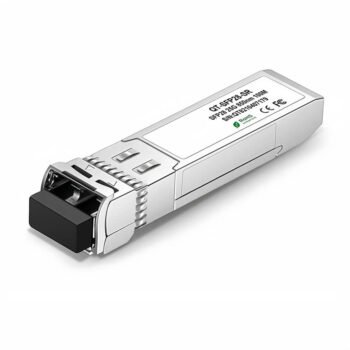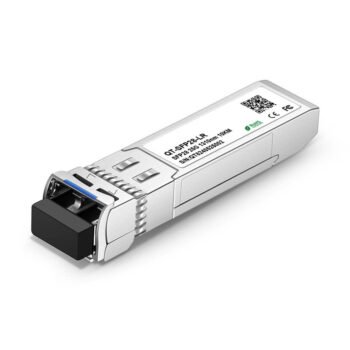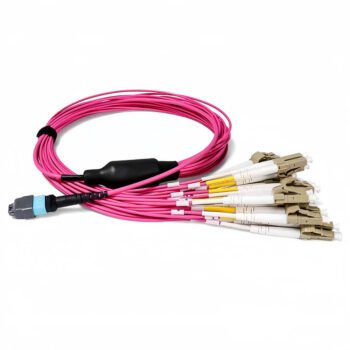How Do OPGW Cable Vibration Dampers Enhance Cable Longevity?
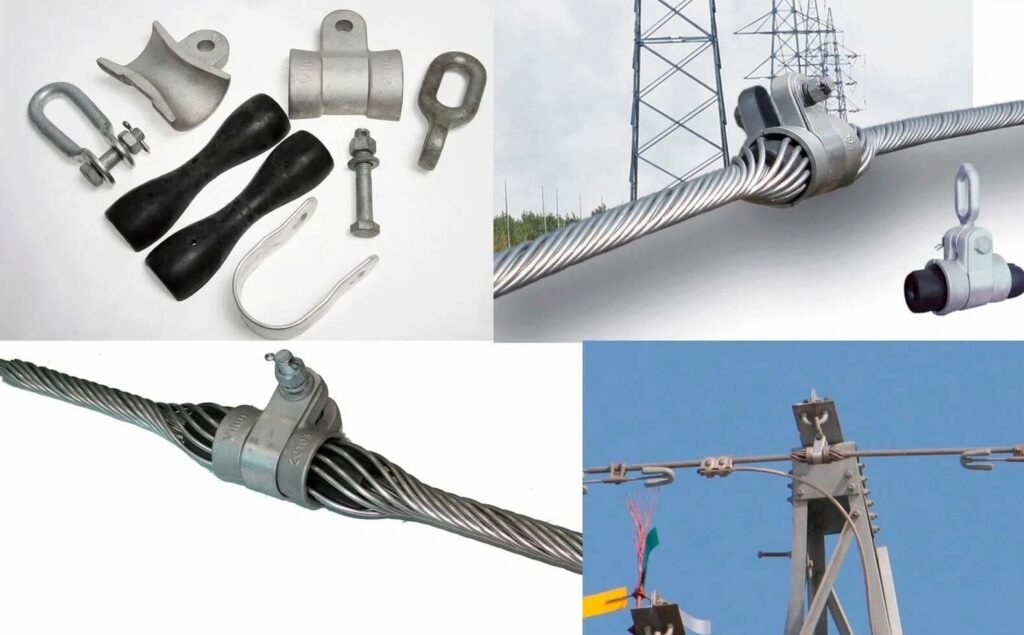
Imagine investing in high-quality OPGW cables only to see them damaged by incessant vibration. Aeolian vibration1 can significantly shorten the lifespan of these cables. But there’s a solution: OPGW cable vibration dampers. These critical components help protect your investment by dissipating vibration energy, thus ensuring long-term cable performance.
OPGW cable vibration dampers are essential devices designed to reduce aeolian vibration in optical ground wire cables. Whether spiral, Stockbridge2 or clamp type, these dampers work by absorbing vibration energy, which prevents fretting fatigue and premature breakage of the cable. Proper selection and installation—based on cable span and environmental conditions—are crucial to maximize their effectiveness.
The robustness of telecommunications infrastructure depends on the longevity and reliability of its components. Without proper protective measures like OPGW cable vibration dampers, the network’s backbone could suffer from continual wear. Understanding how these dampers function is key to maintaining resilient and efficient telecom networks.
What Types of Vibration Dampers Are Used for OPGW Cables?
OPGW cable vibration dampers come in various forms, each designed to tackle aeolian vibrations effectively. The primary types include spiral, Stockbridge, and clamp types—each employing a unique mechanism to dissipate vibration energy and protect the cable.
The main types of OPGW cable vibration dampers are spiral, Stockbridge, and clamp types. Each type reduces vibration by a different mechanism, ensuring that cable fatigue and damage are minimized, even under challenging environmental conditions.
Understanding the differences between these dampers involves examining their features and applications:
Spiral Vibration Dampers
- Mechanism: Spiral dampers, such as the FIBERLIGN model3, use helically-formed rods to disrupt vibration waves.
- Installation: They are simple to install and effective over a broad range of frequencies.
- Advantages: They are gentle on cables, preventing internal fiber damage.
Stockbridge Vibration Dampers
- Design: These consist of a messenger cable with masses at both ends.
- Function: They are highly effective in reducing vibration by flattening resonance peaks.
- Customization: They can be tailored for different cable sizes and tension requirements.
Clamp Type Vibration Dampers
- Structure: Featuring a tuning fork design4, clamp type dampers have been validated by research institutions.
- Frequency Range: They operate efficiently across frequencies from 5 to 150 Hz.
- Material: Often constructed from UV-resistant materials like PVC, they are suitable for both ADSS and OPGW cables.
How Should OPGW Cable Dampers Be Installed?
Proper installation of vibration dampers is as critical as their design. The number and type of dampers installed depend on factors such as cable span and environmental conditions.
To mitigate vibration effectively, install dampers according to cable span length and diameter. For spans up to 800 feet, two dampers may be sufficient; longer spans or high wind areas might require additional units.
Key considerations for installation include:
- Span Length: Shorter spans may need fewer dampers, while longer spans require more.
- Environmental Conditions: Areas with high wind speeds—such as canyon crossings—demand extra dampers.
- Cable Diameter: Dampers must be matched to the cable’s diameter to ensure proper fit and effective vibration control.
What Materials Are Used in OPGW Cable Dampers?
The durability and effectiveness of vibration dampers depend largely on their construction materials. Typically, these dampers are made from high-impact, UV-resistant materials5, such as PVC and aluminum.
OPGW cable dampers are manufactured from materials like PVC and aluminum, chosen for their ability to resist corrosion, abrasion, and UV degradation. This ensures that the dampers remain effective over long periods, even under harsh environmental conditions.
- PVC: Offers excellent noncorrosive properties, essential for outdoor applications.
- Aluminum: Provides a lightweight yet robust structure, often used where thermal expansion matching is required.
Conclusion
OPGW cable vibration dampers are indispensable for mitigating the damaging effects of aeolian vibration on optical ground wire cables. By reducing vibration energy, these dampers help prevent fretting fatigue and cable breakage, thereby enhancing cable longevity and performance. For telecommunications infrastructure to remain robust and reliable, selecting, installing, and maintaining the proper vibration dampers is crucial. Whether through spiral, Stockbridge, or clamp designs, these devices form a key component in ensuring that high-speed, high-voltage networks continue to operate efficiently over the long term.
Footnotes
-
Aeolian vibration occurs when wind induces oscillations in cables, which can lead to mechanical fatigue over time. ↩
-
Stockbridge dampers are widely used to reduce vibration by damping resonance in cables. ↩
-
FIBERLIGN spiral dampers use a helical design to disrupt and absorb vibration energy effectively. ↩
-
Tuning fork designs in clamp type dampers offer effective vibration reduction across a range of frequencies. ↩
-
UV-resistant materials like PVC and aluminum are chosen for their durability and ability to withstand harsh environmental conditions. ↩

